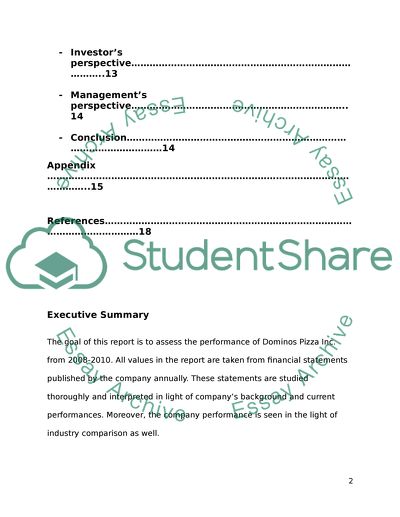Cite this document
(“Dominos Pizza Essay Example | Topics and Well Written Essays - 3750 words”, n.d.)
Retrieved de https://studentshare.org/finance-accounting/1391909-dominos-pizza
Retrieved de https://studentshare.org/finance-accounting/1391909-dominos-pizza
(Dominos Pizza Essay Example | Topics and Well Written Essays - 3750 Words)
https://studentshare.org/finance-accounting/1391909-dominos-pizza.
https://studentshare.org/finance-accounting/1391909-dominos-pizza.
“Dominos Pizza Essay Example | Topics and Well Written Essays - 3750 Words”, n.d. https://studentshare.org/finance-accounting/1391909-dominos-pizza.


